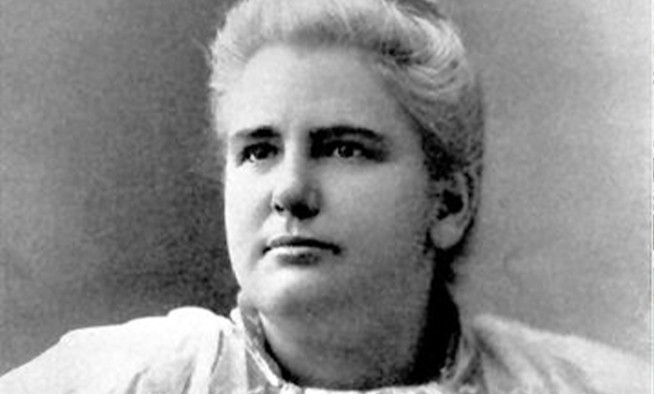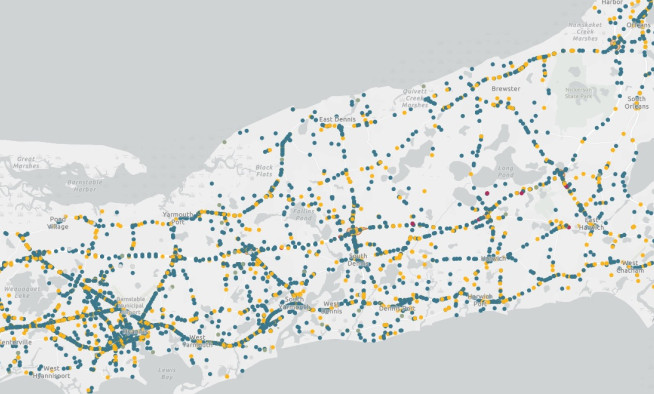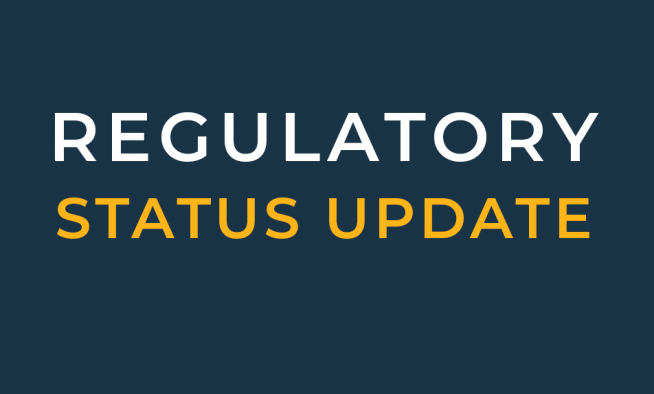Conceptual plans for low-lying roads
This spring, Cape Cod Commission staff completed the Low-Lying Roads project, identifying priority low-lying roadway segments susceptible to coastal storm flooding and preparing conceptual improvements for prioritized locations in all 15 Cape Cod towns.
The team worked with all 15 towns to prioritize vulnerable roads based on several criteria. The Commission contracted with the Woods Hole Group, who used flood projection modeling to assess vulnerability across future time horizons. Staff assessed roadway criticality using regional datasets to identify roadways most highly used and most critical within the communities based on functionality and use, level of service, business activity, connectivity to vulnerable populations, and access to critical infrastructure. Results of the vulnerability assessment and criticality analysis were combined to determine the roadways at highest risk of being flooded within each town.
The public process, which included two meetings per town, was a significant component of this initiative. Meetings provided a platform to explore local priorities and gather input from various stakeholders, including town staff. This collaborative approach ensured that each community's specific needs and concerns informed the prioritization of roadways.
Following the initial round of public meetings, staff conducted site visits and on-site assessments. Combining all of the data and input collected, the team prioritized two roadways in each town to develop conceptual design adaptations to address vulnerabilities. A range of solutions was presented, including a gray solution, a green solution if feasible, and a hybrid of the two, and gathered feedback on preferred alternatives at a second workshop.
In total, 89 different design adaptations for 34 road segments across the region were developed. An interactive regional data viewer now includes all of the identified vulnerable road segments and conceptual designs for those prioritized.
Looking ahead, next steps include identifying funding opportunities, and working closely with local, state, and federal partners to advance projects across the region.
Related Posts




